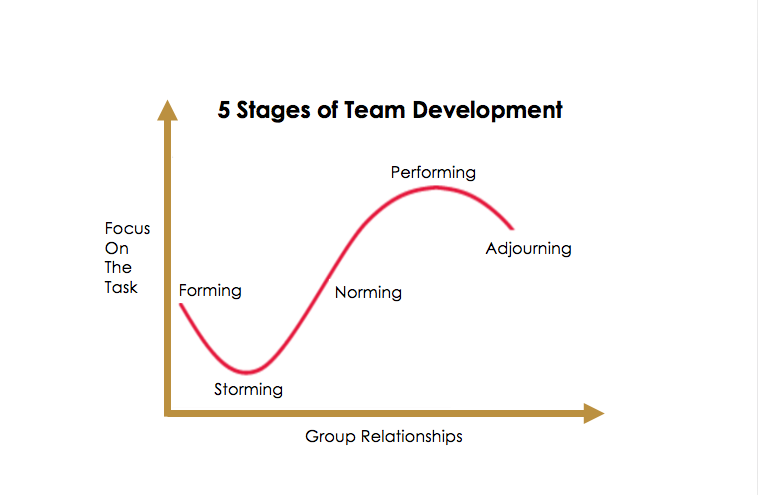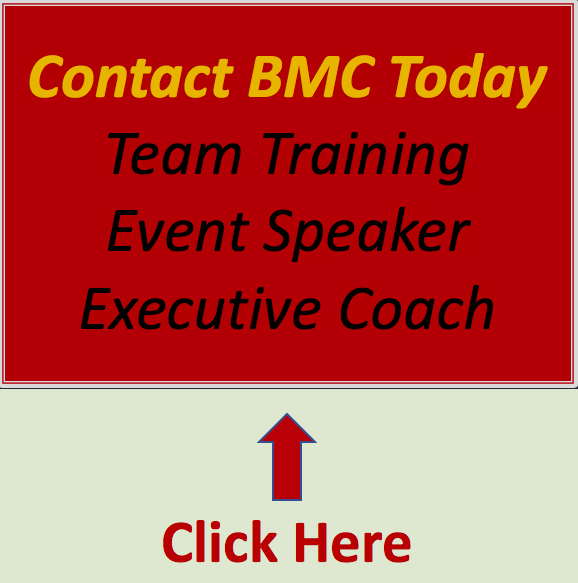How To Work From Home When You Are New To Working From Home
/Your workspace may have recently changed to a work from home culture, or perhaps you just joined a company that embraces work from home as an option. As someone who has worked from home for years, I believe it’s a great opportunity for you. This work from home blog post includes a few quick tips on how to help you set up a home office, so you can be productive, stay healthy and protect your professional reputation as you work from home.
Have A Routine From Morning To Evening
You won’t have to travel to and from work which is a great time and money saver. So your tendency may be one of two things.
Get out of bed and start working… which might mean you are on at 7AM
Use the travel time you’ve saved for a bit more sleep, or to spend time with family… which might mean you are on at 9AM
I think either are fine. Just make sure your choice works with the culture of your team / the organization. Also, try to keep your routine predictable so your coworkers and best clients can learn your schedule.
It’s important to note that as long as you went to bed before 2AM and are not exhausted, it’s most likely you are at your strategic and creative best between 7AM and 11AM (give or take). So, protect your mornings for your most important work. Time Management guru Stephen R Covey said long ago in his book The 7 Habits of Highly Effective People, ‘Put First Things First’ (Habit #3). For example, do your best to book routine meetings, non-urgent phone calls and to respond to the bulk of your email (your non-urgent email) in the afternoon, just do it.
In addition to protecting your morning also schedule a few breaks through your day. Get up, go for a mini-walk, put in a load of laundry, phone your mom for 10-minutes while you make a coffee (she will love you for it). I don’t think it matters what you do – but you want a mental break. You would have informal, casual chats with your coworkers if you were in an office, so make it happen at home. Even a 10-minute break or change of scenery will help you refocus, feel fresh and see things a bit more clearly.
Now, about getting dressed and eating breakfast. Yes, do both. It’s likely you are going to be on a few video calls during the day (they are becoming routine). So, have a shower and get yourself ready similar to how you would if you were going into the office. And as far as breakfast goes – I totally recommend eating something – but basically, do whatever your doctor tells you.
Create A Home Office
You need a space you can walk away from at the end of the day and feel comfortable at during the day. Amazon has some interesting wall-mounted fold-down desk options that are affordable and great if space is a challenge. There are also easy plans on Youtube on how to build a wall-mounted fold-down desk. Whatever you do, I encourage you to find a solution that doesn’t include you hanging out with your dog on your couch or sitting at your dining room table while your children do laps. Distractions will have a negative impact on your productivity and your stress level… and cause a dozen other problems.
As best you can, have a desk that is the right height with a real office chair with the best back support you can find. It’s also great if along with all the technology you are supposed to be using, that you use a large external monitor and a special external microphone or proper headset with microphone… for those video calls
Mirror Your Technology With Your Coworkers
This may sound like a no-brainer, especially since your employer should be providing you your technology but there is a slight tendency when we are working remotely to sometimes use an app we like that is not standard issue. Or, it’s very common for co-workers to use the same technology differently… or should I say not to its fullest ability. Take the time to watch the proper tutorials on how to use the software and be sure you are using it the same way.
As we discussed above, it’s almost guaranteed you will be on a few video calls if you are working from home. Do yourself a favour - use the camera (and set it up properly - which means at or slightly above eye-level). Using the camera will be good for your long-term brand (and career success), because when people see you they are more likely going to remember you – and they will feel greater trust in you and your work.
Separate Work From Home
Do the best you can to set up your office space in an unused room or in a quiet out of the way place. This will be good for your productivity, and it will also be good for your mental health.
You’ll need to turn off work each day – and likely on the weekends. You don’t want to be staring at your to-do list or listen to that nasty ding of incoming email all night and all weekend. Be sure you turn off work – which also might mean leave your work smartphones in a drawer or use apps that stop email from downloading during non-office hours.
Do yourself this favour – and do it for your family and friends. And if you have extra time, go for a walk, go to the gym and / or pick up a real book – with a real book cover.
If you have any other suggestions and great work from home tips, leave me a comment below.
Thanks for reading about how to work from home when you are new to working from home.
If i can help you in any way, please let me know. Click HERE to link to my professional development website.
Bruce
About Bruce and Bruce Mayhew Consulting.
Bruce is Corporate Trainer and Executive Coach.
As a Corporate Trainer Bruce Mayhew (of BMC) specialize in customized Time Management Training, Email Etiquette Training, Leadership & New Leadership Development, Generational Differences and other soft skills training solutions in Toronto and across Canada. Bruce is also an Executive Coach to a few select clients.
BMC helps your greatest assets think productive and be productive.
Bruce is an experienced motivational speaker in Toronto and has inspired audiences across Canada and within the USA and the UK. Bruce works hard to always make sure your training event, conference, retreat, or annual general meeting is a success.

































